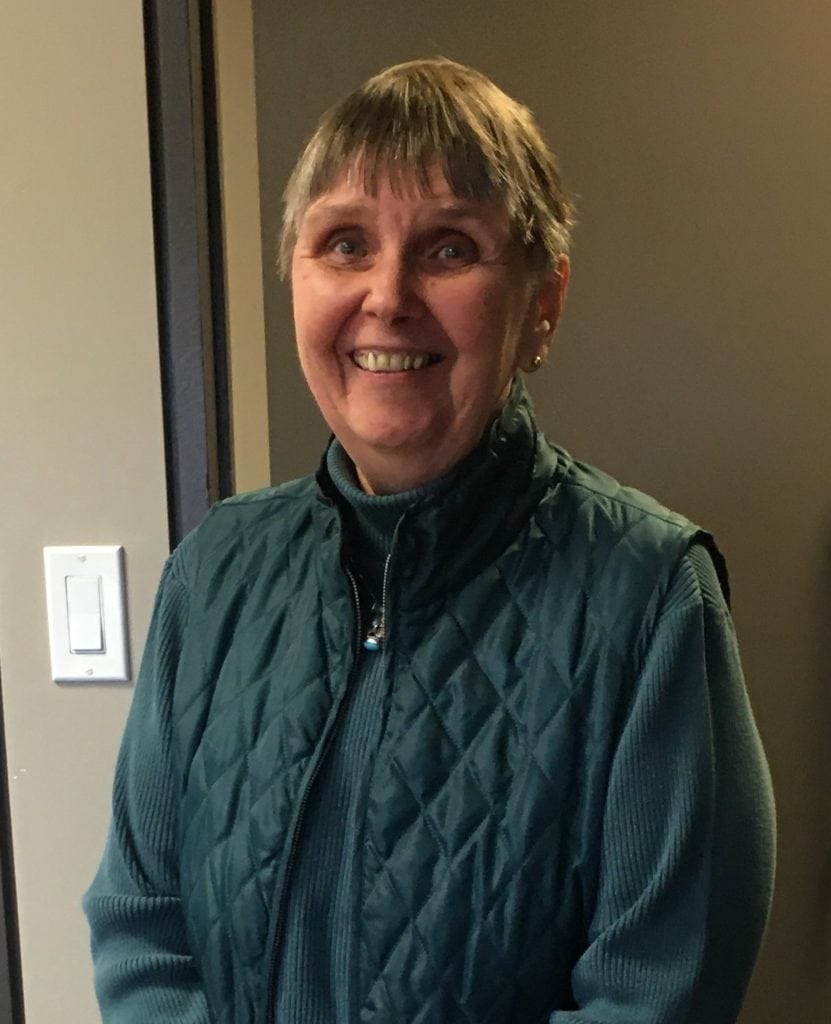
ZOOMING MY WAY OUT OF ISOLATION

ZOOMING MY WAY OUT OF ISOLATION
I am 75 years old. Six months ago, I thought that “zoom” was a word that little boys and girls used when they were playing with toy cars. However, since the COVID-19 lockdown began, the word has taken on quite a different meaning when, like thousands of others, I turned to Zoom, an online video communications tool to stay in touch with others. There are many other such tools, but Zoom is the one I am most familiar with and it is used by many organizations and individuals.
I have participated in Zoom meetings for work, with book club members, with friends, and to continue my involvement with various organizations to which I belong. I don’t know how to set up a Zoom meeting, but I have gotten pretty good at being a participant.
At first, I was anxious. I didn’t know if the link would work, if I had to download the app, which devices would work (I have a smartphone and a laptop). I didn’t know how to mute or unmute to take part in the discussion; how to turn off the video if I was having an awful hair day (that happened a lot). I didn’t know how the “raise hand” function worked. I got frustrated and confused when everyone talked at once. I didn’t know what “chat” was for, and when I did figure that out got very irritated with participants who kept chatting and distracting me from the presenter. I read disturbing stories about hackers, privacy concerns and unwanted guests interrupting meetings. But now that I’ve become more familiar with Zoom, I realize my worries were unfounded; Zoom is an effective way to stay personally and professionally connected.
During these challenging times, Osteoporosis Canada has increasingly turned to virtual tools like teleconferencing, videoconferencing and other Internet-based applications. For instance, support groups, educational sessions and other events are now being offered virtually, often via Zoom. Are you interested in participating but nervous about how to get started? Read on for some helpful hints, based on my experience, that may help you feel less anxious about accepting the next invitation to an Osteoporosis Canada Zoom event.

- The organizer of the event will send you an email with a description of the event, a link and possibly a password. If a password is given, take note of it; you will need it. The purpose of the password is to prevent unwanted guests from taking part and to protect your privacy.
- When you click on the link, if this is your first time you will be asked if you want to download the app. You do not need to do this in order to join a meeting. If you click yes, the download will be very quick. You also do not need to have a Zoom account to join a meeting.
- If required, you will be asked to enter the event password. Then you will be prompted to “join meeting,” and there you are.
- For those who do not have Internet access, or whose access is very spotty, a telephone number will be provided that allows you to phone in. If you are using a desktop computer, laptop, iPad or tablet, or smartphone, choose Internet audio for sound.
- Depending on your device, somewhere on the screen you will see several icons: a video camera to show your image, a microphone if you want to speak, an icon of a couple to indicate participants. When you click on that icon, a list of all the participants will appear, along with more icons. One important one is the blue hand image, which you click on to indicate that you want to speak. The host will keep track of raised hands and let you know when it is your turn. To mute your microphone, which you should do whenever you are not speaking to avoid interrupting others with background noise, or to turn off your image, click on the icon. A red line through the icon will indicate that it is turned off. When it is your turn to speak, make sure to unmute.
- If possible, find a quiet space for your Zoom meetings; let housemates know so they don’t wander accidently into your screen space; keep your device stable; and if you need to move around turn your video off to avoid distracting other participants. Try to have good lighting so your face is visible and don’t sit in front of a bright window.
There are many reasons to learn to feel comfortable with Zoom: connection with family and friends, education, entertainment. One of the most important is to take care of your health. There is no need to wait until the pandemic is over; exercise programs, private physiotherapy sessions, counselling sessions for mental health and appointments with your healthcare provider(s) can all be offered through such platforms as Zoom.
For tips on how to have a successful virtual healthcare appointment, click here.
This is a very basic introduction to using Zoom. The Internet has many well-illustrated websites to help you. Google Zoom for Seniors, Help with Zoom, or just Zoom as their website has tutorials. Good luck and have fun. You know the saying – it’s never too late to teach an old dog (like me) new tricks.
WRITTEN BY

Tanya Long
Senior Manager, National Education
Osteoporosis Canada





